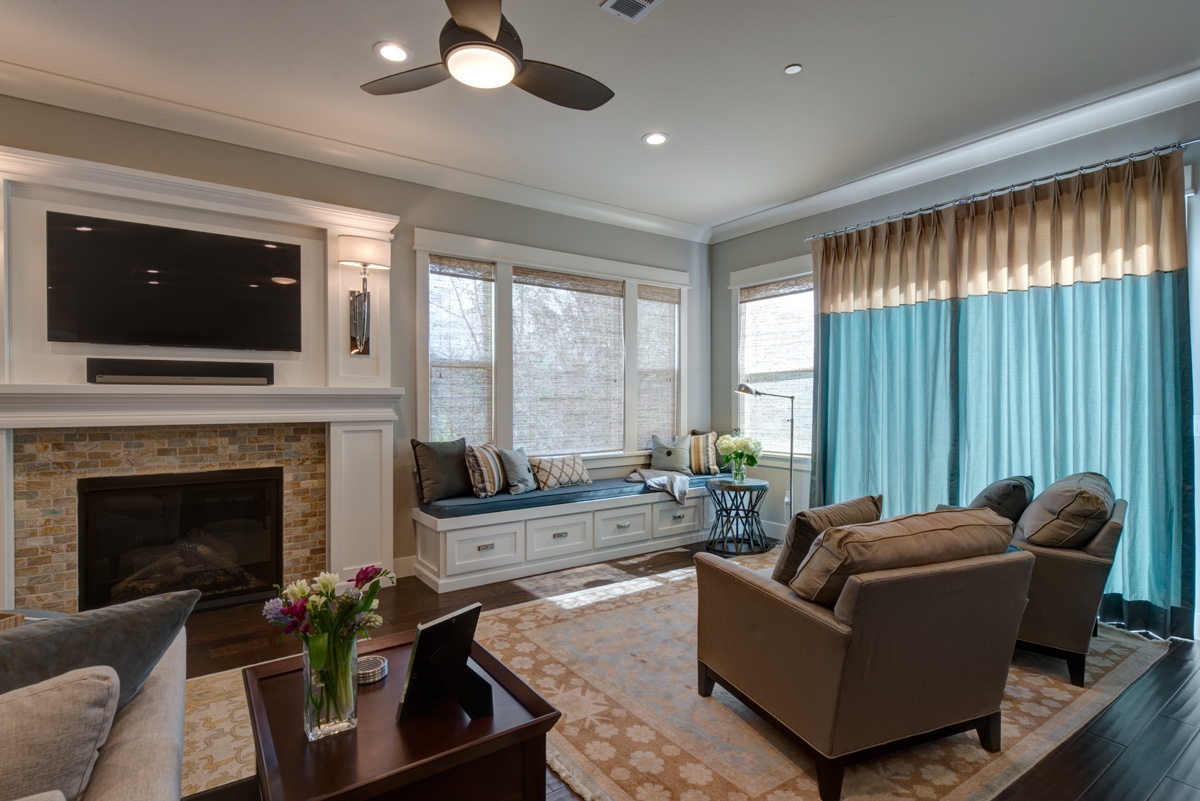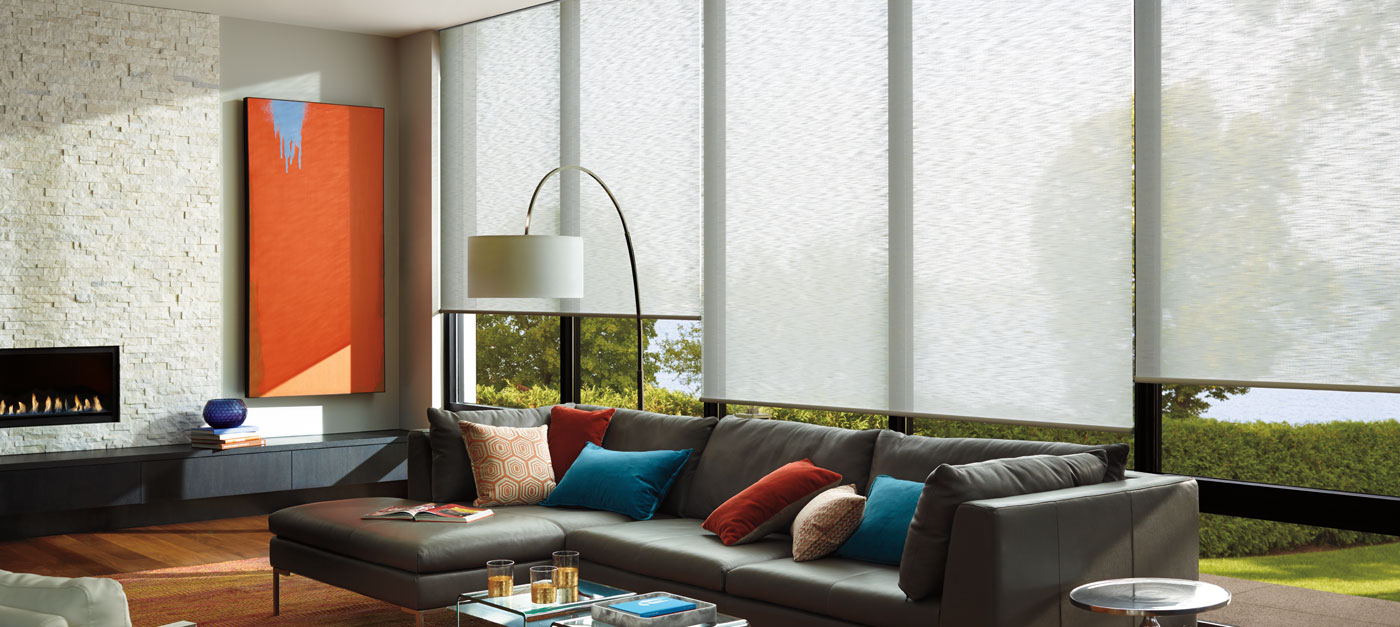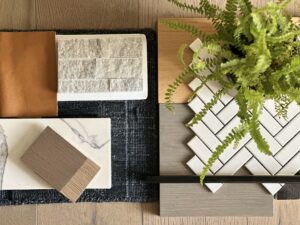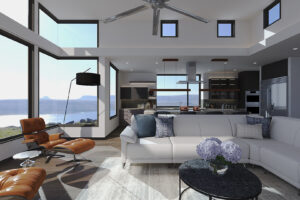Dear Yoko,
How do you select window coverings?
Light! Light! Light! When you consider window coverings, the first thing you need to consider is how much light you would like for your particular room during the day. Window coverings are meant to control and filter natural light coming into your room. There are other elements you need to consider besides light control, but that will be dealt with next in “Window Coverings – Part 2.”
To help you solve all your window covering dilemmas, I rounded up my favorites, based mainly on the light control aspect.
1. Curtain
If your priority is blocking light for TV glare or another reason, curtains are the best way to go. You will need lining for your panel. This is a common solution, not just for windows but also for French and sliding doors. There are many fabric choices out there, from sheer to blackout. There are also drapery styles from traditional to modern in different price points. Curtains always add softness to the room, and fabric patterns play with your décor.

2. Honey-Comb Shade
Honey-comb shade is the winner for the hard window treatment category. It effectively controls natural light, privacy, and insulation. Besides, I love the modern look. There are two options involved in this – fabric and operation. Fabric ranges from translucent to blackout, in solids and patterns. For operation, you can have standard bottom-up or top-down/bottom-up with or without code, and alternatively with motorization. With the right combination of fabric and operation, you can have all window coverings dilemmas solved! This window treatment looks more modern than traditional. However, you can use honey-comb in concert with traditional decorative elements such as cornices, curtains, and valances to create your individual style. So it’s a win-win.

3. Sheer Shade (Hunter Douglas calls this “Shilouette.”)
Sheer shade is like regular blinds made of fabric. It controls light well with a similar control system to the honey-comb. It adds softness to the room because it’s made of sheer fabric also. The downside is that this one is hard to clean because it’s so delicate and more expensive than other hard window treatments. Hunter Douglas is one company that includes comprehensive cleaning programs for people who buy their window treatments.

4. Roller Shade
Your fabric choice determines light control on roller shades. Its operation comes in with standard bottom-up only. You will still see light on both sides of the shade because of roller mounting brackets. It’s a modern look. If your window is a casement window with a crank operator, this fits in better than the other hard window treatments because it does not take up any real estate on your window sill. Unfortunately, if your window is not level for some reason, it shows your window imperfection more because fabric will not line up perfectly straight next to your window.

5. Fabric Roman Shade
It is like a curtain but operates like a blind. It controls light well. It’s a more traditional look, depending on your fabric choice. You can’t dry clean it like curtains, so it’s fussy maintenance to me. Operation is both regular and top-down/bottom-up. If your window is large, it will sag over time due to fabric weight and lining.

6. Woven Roman Shade
Pick the tightest woven fabric possible for light control. You can have lining for light control, but it will sag due to its fabric weight. It adds a lot of organic textures to the room and is less expensive than other hard window treatments. It operates the same as fabric roman shades. Fabric is natural, so it’s more rustic and imperfect.

7. Plantation Shutter
This is a super-popular suburban and coastal look for some reason…It controls light better than wood blinds because it closes up tight with a lever. Maintenance is a breeze. Be careful not to choose dark-colored shutters unless you are intentionally going for a moody dark room. Dark shutters are hard to work with, especially when you have white-white window casings. In that case, I would go for white shutters!

I hope these resources are helpful to you as you are brainstorm for your own projects. Have a wonderful, light-filled day!
Happy decorating!












